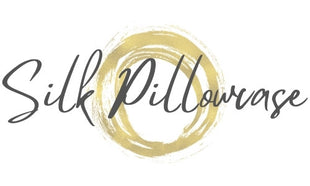At some point in the life of a curly-haired individual, there comes a firm decision to nurse their curls back to health, repair all the damage, and embrace their curls in all their glory.
As uplifting as this decision may feel, it is soon accompanied by doubts about whether the hair can be revived, how to spot the damage, if the damage is too extensive, or which products to use and how best to use them.
It opens up a new world that can feel overwhelming, with an abundance of resources but limited guidance. If you are in the transition period or trying to restore your hair to health, here's the blueprint you need to start working with:

First and foremost, cease using chemicals and heat. All those things you've been doing incorrectly have taken a toll on your hair. This is the first big step. Avoid using hot tools such as curling or flat irons, and high-heat blow dryers. High heat is generally detrimental to hair, especially when it has been damaged by chemical straighteners.
The second thing to note is that if you want to witness the desired change, you must invest effort and exercise patience. Patience cannot be emphasized enough. The damage did not occur overnight; it is an accumulation, so you shouldn't expect it to disappear overnight either. Now let’s get right into the ways we could get our curls popping again!

